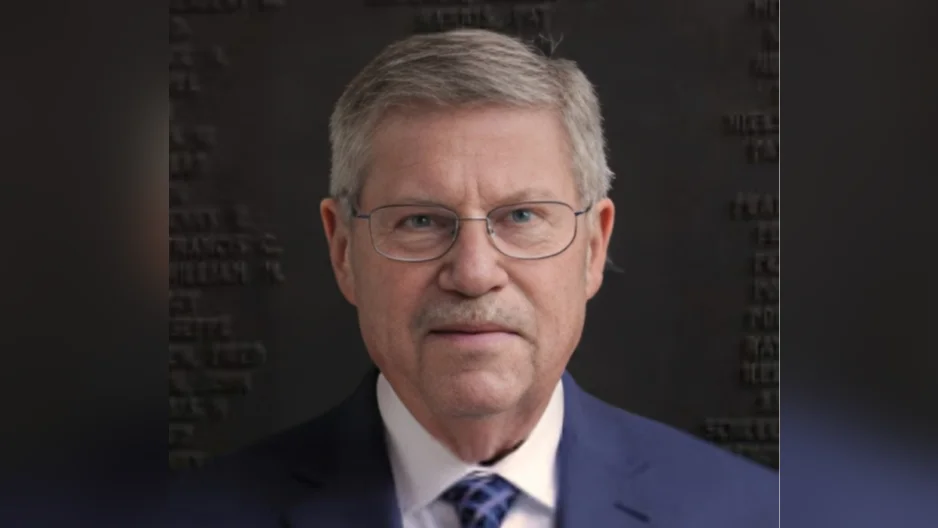Earlier this week, members of Lake Tahoe’s federal delegation, led by U.S. Senator Catherine Cortez Masto (D-Nev), gathered with community members, Washoe tribal members, and state and local leaders to mark the 28th annual Lake Tahoe Summit. Their presence, along with a keynote address by U.S. Secretary of Transportation Pete Buttigieg, provided an uplifting moment that recognized the success of the conservation of Lake Tahoe. The annual event additionally underscored ongoing challenges in the region and the need for sustainable funding to support multiple initiatives.
The Summit celebrates the unparalleled partnership that underpins the Lake Tahoe Environmental Improvement Program (EIP), which came together at the first Lake Tahoe Presidential Summit in 1997. Today, the EIP involves more than 80 organizations committed to Lake Tahoe’s restoration with the goal of preserving this special place for all to enjoy now and into the future.
While the event shines a national spotlight on all conservation efforts, the theme this year focused on investing in transit, trails, and technology to improve transportation, equity, and sustainable recreation while supporting our communities. It was empowering to hear so many leaders echo support for priority projects in the Regional Transportation Plan. The Tahoe Regional Planning Agency (TRPA) is leading an update of the plan this year with many opportunities for dialogue in our communities, particularly those that are traditionally underrepresented.
Through the EIP, regional transportation partners have built or improved nearly 200 miles of bike trails and finished 17 complete street projects. Free, on-demand microtransit services have provided well over one million rides to date. These are just some of the investments that have resulted in a 29 percent reduction in greenhouse gas emissions since 2005 and a 24 percent reduction in car trips since 2008.
The challenges around updating the car-centric design of town centers and reducing traffic and parking on Tahoe’s two-lane mountain roads are clear. Demand on our roadways and recreation areas is undergoing a fundamental shift. America’s love of the outdoors has been rising and metropolitan areas outside the Tahoe Basin are growing. Today, Lake Tahoe’s most popular recreation corridors are congested on peak days.
To keep pace, TRPA Corridor Management Plans are prioritizing transportation and sustainable recreation improvements for areas like Emerald Bay, Zephyr Cove, Sand Harbor, and roadways that connect Tahoe City, Truckee, and Kings Beach. The new approach is holistically reducing reliance on cars while improving access with bike trails and transit options alongside managed parking areas.
At Chimney Beach trailhead on Nevada State Route 28, USDA Forest Service is enhancing an existing parking lot with more than 100 additional spaces while removing an equal number from roadside locations. Similar improvements at Zephyr Cove this summer have greatly increased safety with a new pedestrian crosswalk system alongside enhanced parking enforcement measures.
This year alone saw more than $33 million in new federal grants awarded for extending East Shore trail from Sand Harbor toward Spooner Summit along Nevada State Route 28; replacing aging transit fleets with hybrid bus technology; improving regional communication systems during emergencies; and assisting evacuation planning efforts. Despite these advancements significant transit infrastructure investments remain necessary to achieve a shared vision for safe sustainable growth within Tahoe Basin.


